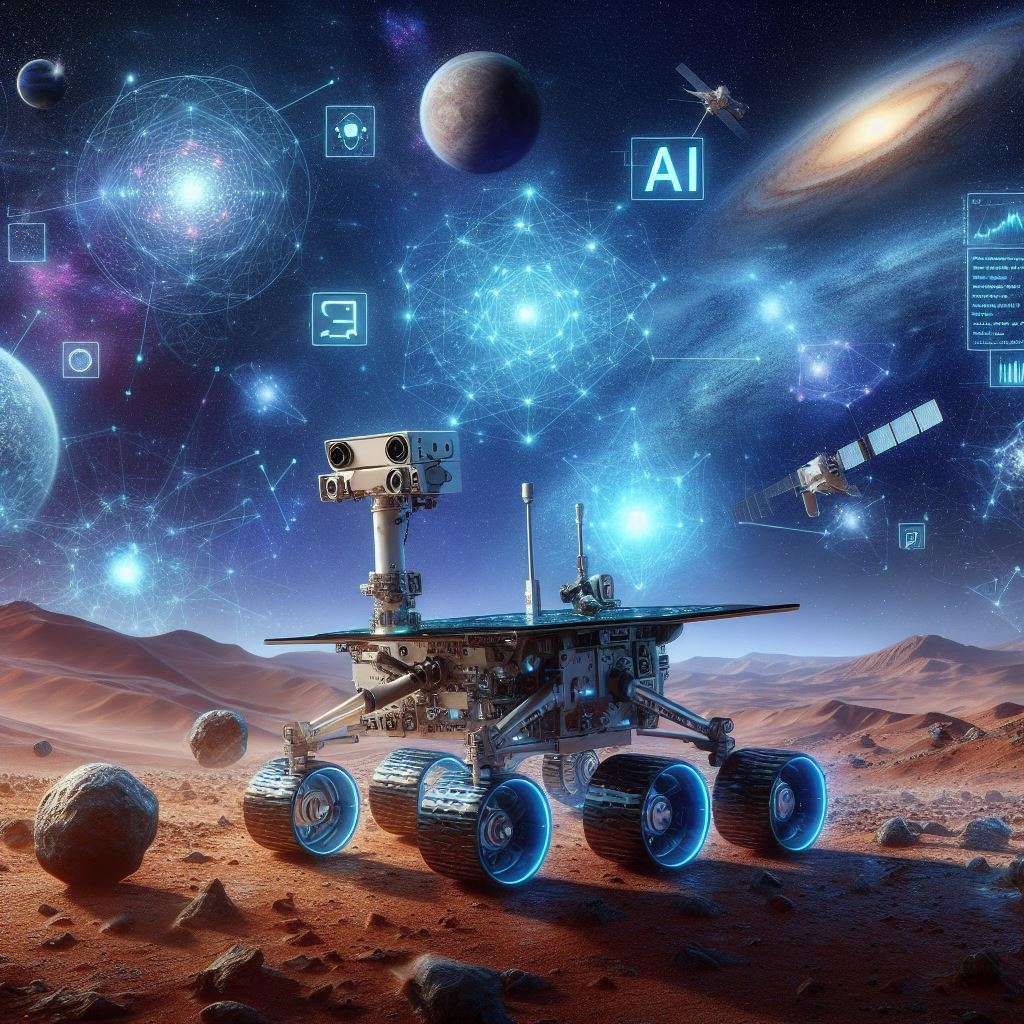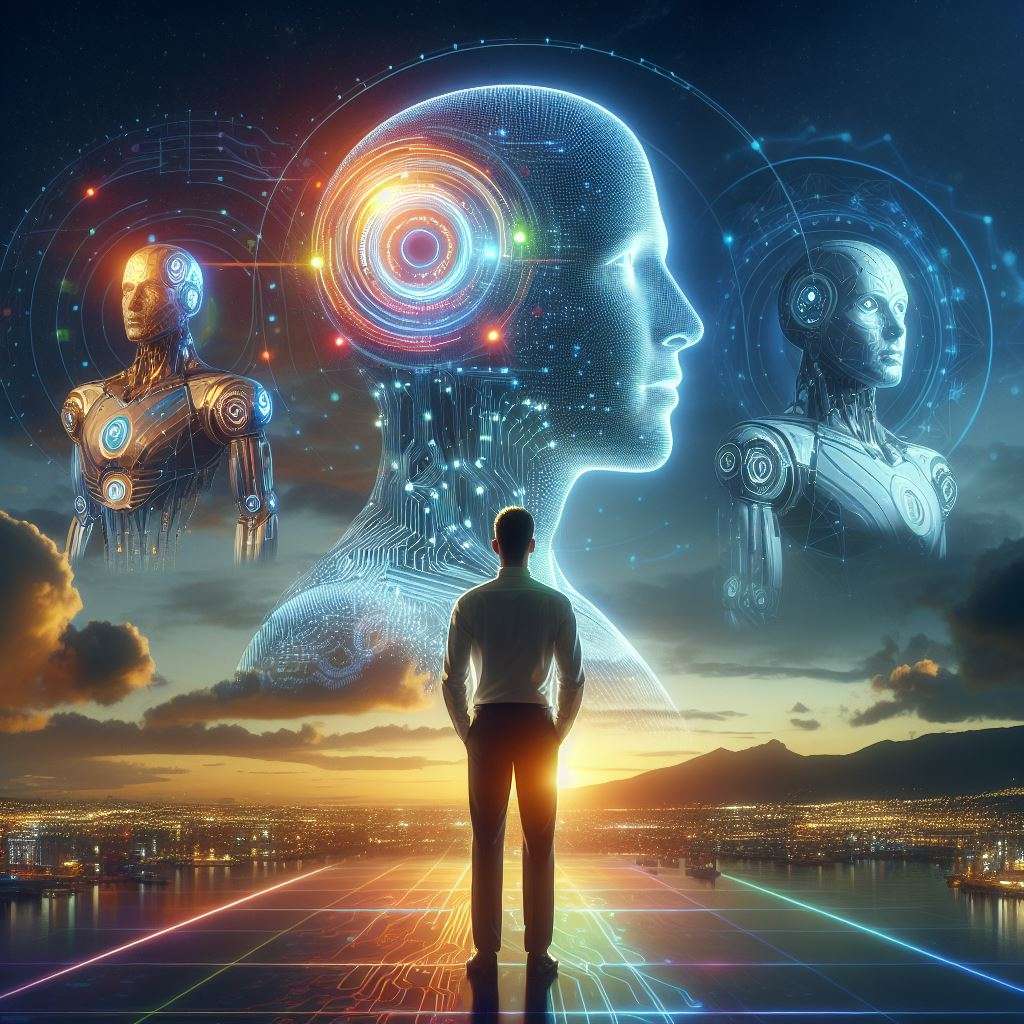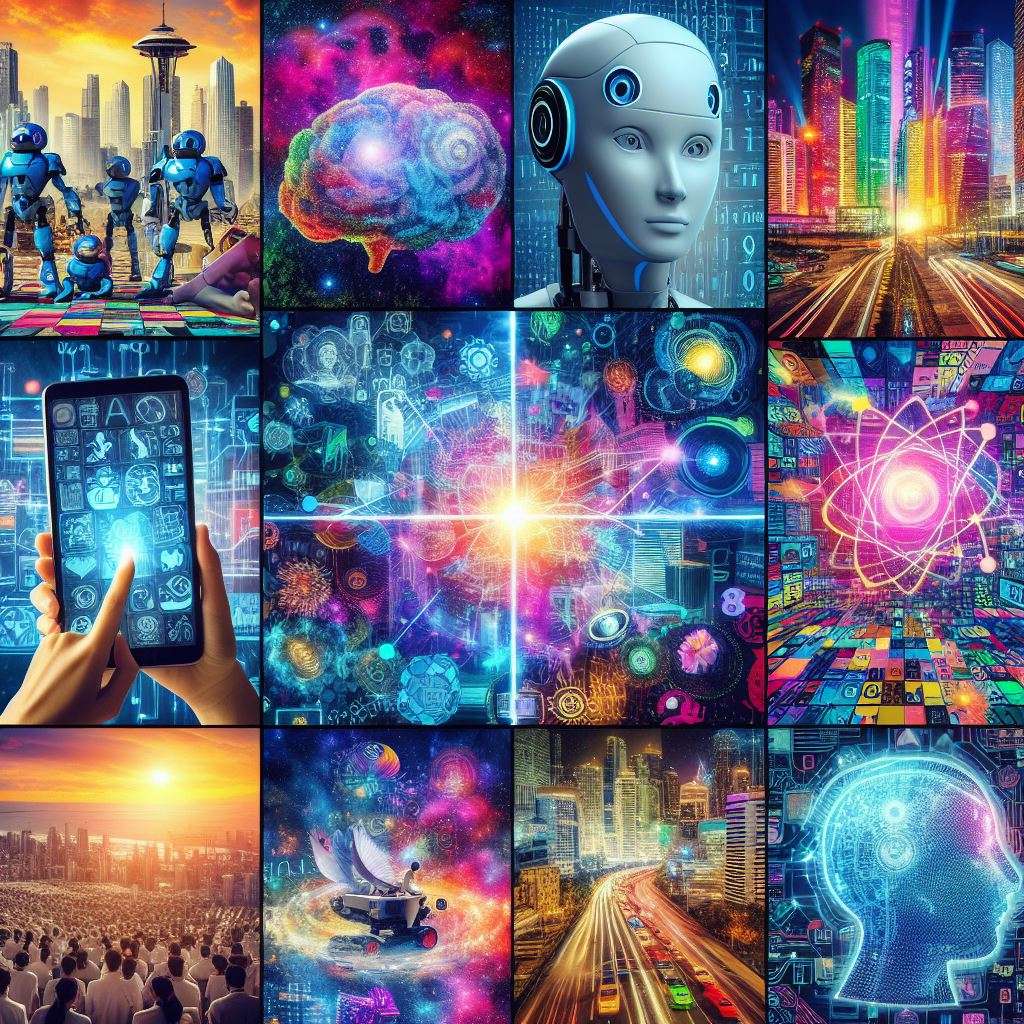Imagine a world where AI-powered doctors can diagnose diseases with accuracy, self-driving cars can navigate city streets with ease, and creative AI can generate new content, such as music, images, and text. Sounds like science fiction, right? Well, not anymore. AI is already transforming our lives in ways we may not even realize. And it’s only getting smarter and more powerful.
AI, or artificial intelligence, is the branch of computer science that deals with creating machines and systems that can perform tasks that normally require human intelligence, such as reasoning, learning, and decision-making. AI has been evolving rapidly in recent years, thanks to advances in computing power, data availability, and algorithmic innovation. AI is now capable of performing complex tasks across various domains, from healthcare and education to entertainment and business.
In this article, we will explore some of the latest trends and innovations in AI that are shaping the world we live in. We will also discuss the future of AI and the challenges and opportunities it presents for humanity.
Top Trends in AI
AI is not a monolithic technology, but rather a collection of diverse applications and methods that can be applied to different problems and contexts. Here are some of the top trends in AI that are driving its development and adoption:
- Democratization of AI: AI is no longer the exclusive domain of large corporations and research institutions. AI tools and resources are becoming more accessible and affordable to individuals and small businesses, thanks to platforms like Google AI and Tensor. Flow that provides user-friendly interfaces for building AI applications. These platforms enable anyone with an interest and some basic coding skills to create and deploy AI solutions for various purposes, such as data analysis, image recognition, natural language processing, and more.
- Hyper personalization: AI is being used to personalize experiences and services across various sectors, from retail and marketing to education and healthcare. AI-powered catboats can provide personalized customer service and support, while adaptive learning platforms can tailor education to individual needs and preferences. AI can also help deliver personalized recommendations, offers, and content, based on user behavior, preferences, and context.
- Explainable AI: As AI becomes more pervasive and influential in our lives, there is a growing concern about AI transparency and accountability. How do we know what AI is doing and why? How do we trust AI decisions and actions? How do we ensure AI is fair and ethical? These questions motivate the need for explainable AI, or AI that can explain its reasoning and decision-making processes. Explainable AI aims to make AI more understandable and interpretable to humans, by providing insights into its logic, assumptions, and limitations.
Cutting-edge Innovations
AI is not only improving existing applications and processes but also creating new ones that were previously unimaginable or impossible. Here are some of the cutting-edge innovations that showcase the power and potential of AI:
- Generative AI: Generative AI is a type of AI that can create new content, such as text, images, and music, based on existing data or inputs. Generative AI can produce realistic and original content that can be used for various purposes, such as entertainment, education, and research. For example, AI-powered music composition tools can generate original melodies and harmonies, while text-to-image generators can create realistic images from textual descriptions.
- AI for Climate Change: AI is being used to tackle one of the biggest challenges facing humanity: climate change. AI can help address climate challenges, from predicting and mitigating extreme weather events to optimizing and managing energy grids. For example, AI-powered weather forecasting models can provide more accurate and timely predictions of storms, floods, and droughts, while smart grids can manage energy consumption and distribution more efficiently and sustainably.

AI is a pivotal force in space exploration, empowering robotic probes to navigate alien terrains and aiding in the analysis of astronomical data. NASA’s Perseverance rover utilizes AI for autonomous navigation on Mars, while AI algorithms contribute to the detection and classification of celestial bodies. This collaboration propels scientific discovery, expanding our comprehension of the cosmos and pushing the boundaries of space exploration.
The Future of AI
AI is undoubtedly one of the most transformative technologies of our time, with the potential to revolutionize every aspect of our society and economy. However, AI also poses significant challenges and risks, such as ethical dilemmas, social implications, and security threats. How do we ensure AI is aligned with human values and goals? How do we balance the benefits and costs of AI development and use? How do we prepare for the impact of AI on jobs, skills, and education?
These are some of the questions we need to address as we shape the future of AI. We need to engage in responsible and collaborative AI development and use, involving diverse stakeholders and perspectives. We must establish and enforce ethical principles and standards for AI design and deployment, ensuring AI is fair, transparent, and accountable. We need to foster and support AI education and literacy, empowering people with the knowledge and skills to understand and use AI effectively.

The trajectory of AI’s future is contingent on our present decisions and actions. It hinges on our collective responsibility to shape an affirmative and inclusive AI-powered landscape. The goal is to leverage AI to enhance human capabilities, fostering augmentation rather than replacement or undermining. We extend an invitation to participate in this transformative journey, encouraging exploration and understanding of AI’s potential. Collaboratively, we can ensure that AI works for the benefit of all, fostering a harmonious integration into our lives.
Conclusion
AI is changing the world in unprecedented ways, creating new opportunities and challenges for humanity. AI can help us solve some of the most pressing problems we face, such as climate change, disease, and poverty. AI can also enhance our creativity, productivity, and well-being. However, AI also raises ethical, social, and security issues that we need to address responsibly and collaboratively. We need to ensure AI is aligned with our values and goals, and that it benefits everyone, not just a few.
The future of AI is not fixed but rather depends on how we shape it. We have the power and the responsibility to create a positive and inclusive AI-powered future, where AI can augment and empower human capabilities, rather than replace or undermine them. We encourage you to learn more about AI and its possibilities and to actively engage in shaping its direction. Together, we can make AI work for everyone.
